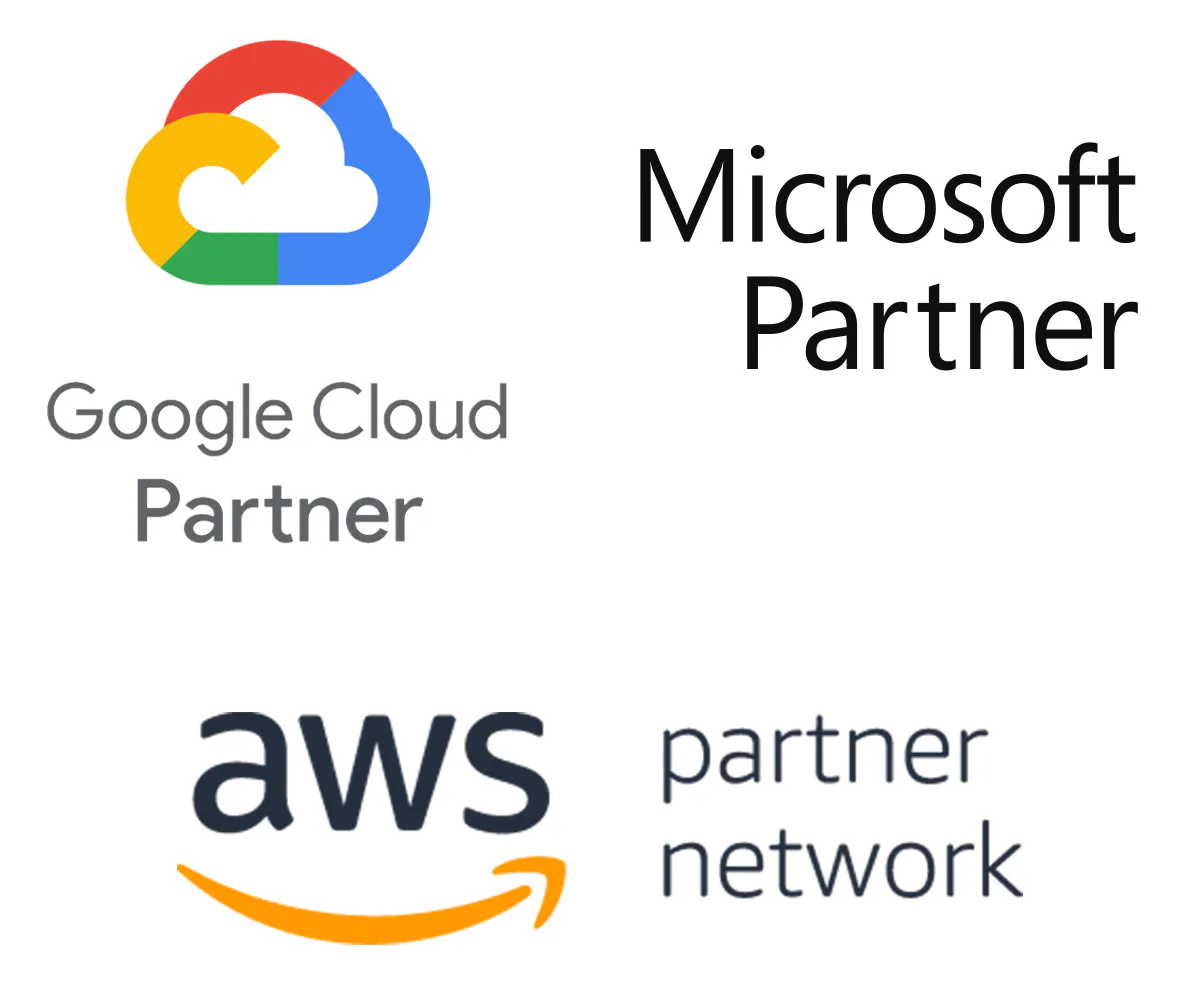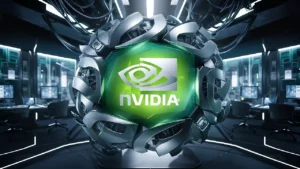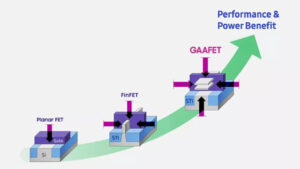Introduction:
In the digital age, data centers are the backbone of our connected world, enabling everything from social media and e-commerce to cloud computing and artificial intelligence. However, not all data centers are created equal. There are various types of data centers, each serving different purposes and industries. This article explores the different types of data centers, their unique characteristics, and real-world examples.
Follow us on Linkedin for everything around Semiconductors & AI
Types of Data Centers
Enterprise Data Centers
Enterprise data centers represent facilities exclusively owned and operated by companies for their specific purposes. Typically situated either on the company’s premises or nearby, these centers provide complete control over infrastructure and are tailor-made to fulfill the organization’s exact requirements.
Example: A large financial institution, such as JPMorgan Chase, might operate its own enterprise data center to manage sensitive customer data, ensure compliance with regulations, and maintain high security standards.
Read More: $445 Million in Damages: Jury Slaps Micron in Patent Trial Against Netlist – techovedas
Colocation Data Centers
Colocation data centers, also known as “colos,” are facilities where multiple organizations rent space to house their servers and other computing hardware. These centers provide physical security, power, cooling, and networking infrastructure, allowing companies to benefit from economies of scale without having to build and maintain their own data centers.
Example: Equinix, a leading colocation provider, operates data centers worldwide where companies like Netflix and Amazon can lease space to host their servers and connect with global networks.
Managed Services Data Centers
Managed services data centers are similar to colocation facilities, but they offer additional services such as IT management, system administration, and monitoring. These centers are ideal for companies that want to outsource their IT operations while maintaining control over their data and applications.
Example: Rackspace provides managed data center services, offering clients tailored solutions that include server management, security, and cloud integration, allowing businesses to focus on their core activities.
Cloud Data Centers
Cloud data centers are owned and operated by cloud service providers. These centers host virtualized computing resources that customers can access over the internet. Cloud data centers offer scalability, flexibility, and cost savings, as businesses only pay for the resources they use.
Example: Amazon Web Services (AWS) operates numerous cloud data centers worldwide, enabling companies to run applications and store data in the cloud without investing in physical infrastructure.
Edge Data Centers
Edge data centers are smaller facilities located closer to end-users. They process data locally to reduce latency and improve performance for applications that require real-time processing. Edge data centers are essential for supporting emerging technologies such as autonomous vehicles, smart cities, and IoT devices.
Example: Vapor IO’s edge data centers are strategically placed near urban areas to provide low-latency services for applications like augmented reality and autonomous driving.
Read More: From Real Estate to Data Wave: Rustomjee to Build Data Center in India – techovedas
Hyperscale Data Centers
Hyperscale data centers stand as colossal facilities engineered to accommodate thousands of servers and extensive data storage. Constructed by large organizations with substantial computing and storage needs, these centers boast high levels of automation and efficiency, allowing for rapid scalability to address growing demands.
Example: Google operates hyperscale data centers that support its vast array of services, including search, YouTube, and Google Cloud Platform. These centers are equipped with advanced cooling systems and AI-driven management tools to optimize performance and energy use.
Key Differences Between Data Center Types
Ownership and Control
- Enterprise Data Centers: Owned and operated by a single organization, offering complete control over infrastructure and operations.
- Colocation Data Centers: Multiple organizations lease space, sharing physical infrastructure while maintaining control over their own equipment.
- Managed Services Data Centers: Provide additional IT management services alongside space rental, offering a middle ground between colocation and full outsourcing.
- Cloud Data Centers: Operated by cloud service providers, offering virtualized resources accessed via the internet.
- Edge Data Centers: Owned by service providers or businesses, located close to users for low-latency processing.
- Hyperscale Data Centers: Owned by large tech companies, designed for massive scale and automation.
Read More: What is a Data Center And Why It’s Considered Backbone of 21st Century Digital Age – techovedas
Use Cases and Applications
- Enterprise Data Centers: Ideal for businesses requiring high security and compliance, such as financial institutions and healthcare organizations.
- Colocation Data Centers: Suitable for companies looking to reduce costs and improve connectivity without managing a facility.
- Managed Services Data Centers: Best for businesses needing outsourced IT management with a focus on core operations.
- Cloud Data Centers: Perfect for startups, SMEs, and enterprises needing scalable and flexible computing resources.
- Edge Data Centers: Essential for real-time applications like autonomous vehicles and smart city infrastructure.
- Hyperscale Data Centers: Necessary for tech giants with vast data and computing needs, such as Google and Facebook.
Read More: EU Chips Act Set to Attract Over €100 Billion in Private Investment by 2030 – techovedas
Conclusion
Data centers are the unseen powerhouses driving our digital world. Understanding the different types of data centers helps businesses choose the right infrastructure to meet their needs. From the security and control offered by enterprise data centers to the flexibility provided by cloud and edge facilities, each type serves a vital function in our interconnected ecosystem. As technology progresses, the significance and intricacy of data centers will only grow, solidifying their indispensability in the 21st century.







